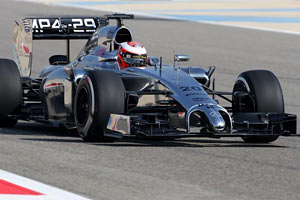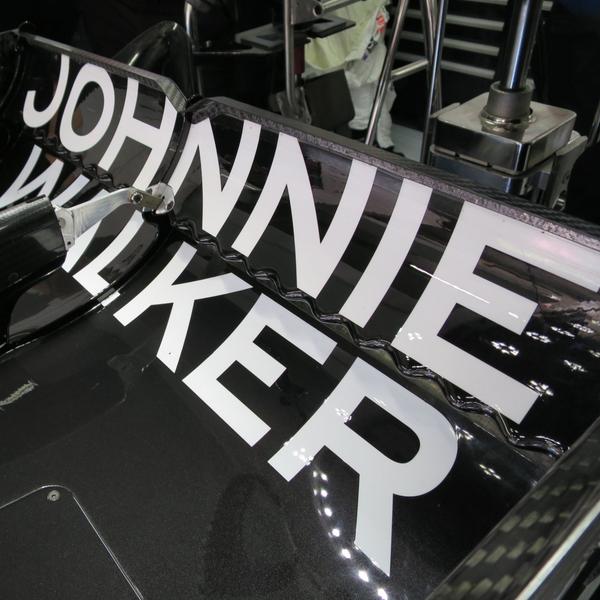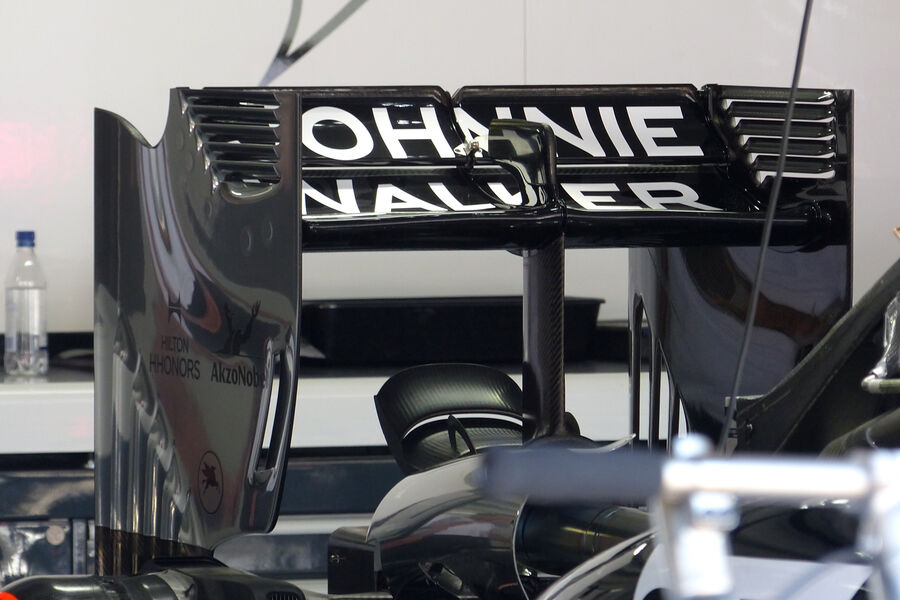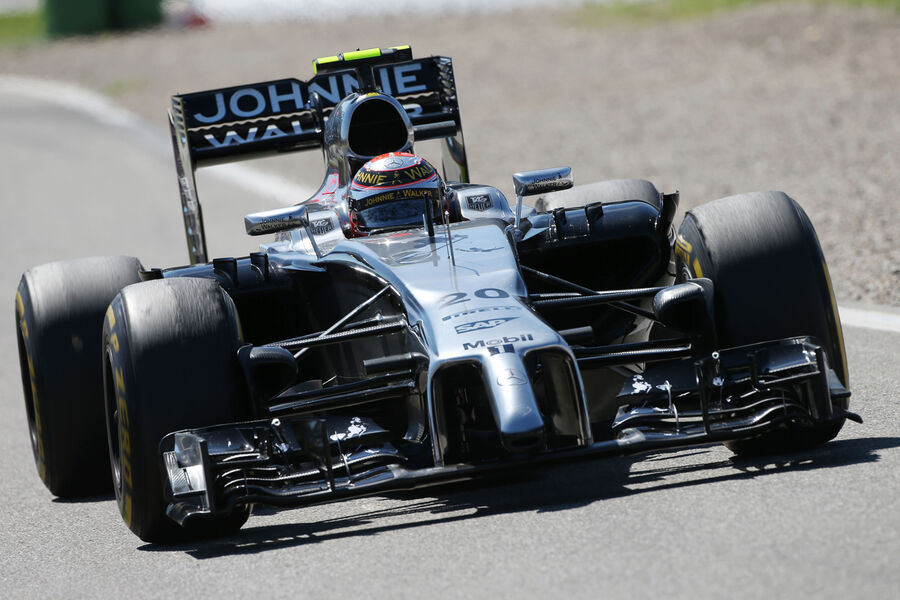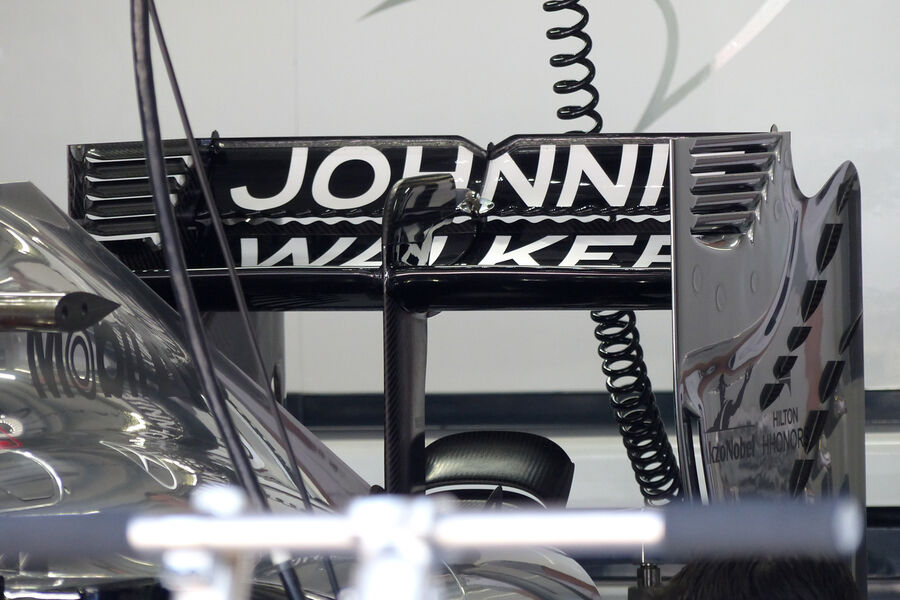They aren't exactly whales either. Else we had restrictions on organic aerodynamics.trinidefender wrote:The problem is that on the whales they are on the leading edge of the fins. Here they are on the trailing edge of the first wing element. Means that they can't work the same.bhall II wrote:They're called tubercles, developed by Mother Nature several million years ago in the Miocene as an adaptation on the pectoral fins of humpback whales that increases their maneuverability.
http://i.imgur.com/2jKluQx.jpg
Used on an airfoil, they make it more efficient by inhibiting spanwise flow (for increased lift/downforce), which also reduces the strength of tip vortices (less drag). They apparently delay stall as well, so it'll be interesting to see how the development affects McLaren's DRS.
http://i.imgur.com/GhaExiB.jpg
Source: I just looked this --- up.
I think the principle still is appliable.

